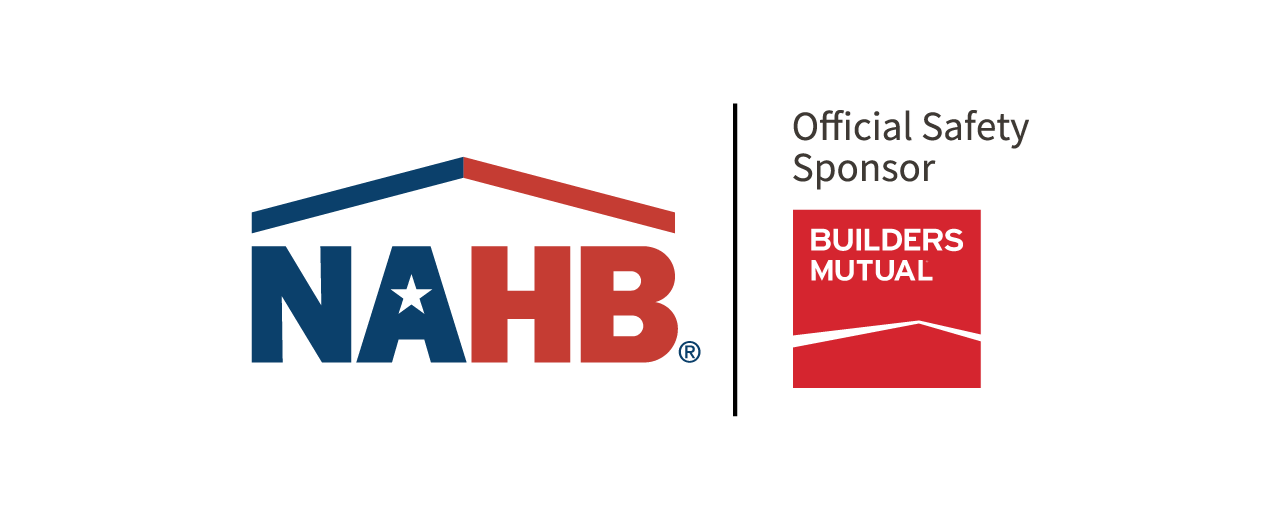Know the Different Excavation Requirements for Your Project
As NAHB celebrates next week’s 2024 Trench Safety Stand Down, it is important to know the requirements for the different types of excavation activity for your job. While federal OSHA’s excavation standard has been in place for roughly 50 years, builders should also know the separate requirements for certain residential foundation/basement excavations.
According to an agency letter of interpretation, OSHA’s requirements for protective systems in excavations do not apply to house foundation/basement excavations when all of the following conditions are met:
- The house foundation/basement excavation is less than 7.5 feet in depth or is benched for at least 2 feet horizontally for every 5 feet or less of vertical height.
- The minimum horizontal width (excavation face to formwork/wall) at the bottom of the excavation is as wide as practicable but not less than 2 feet.
- There is no water, surface tension cracks, nor other environmental conditions present that reduce the stability of the excavation.
- All soil, equipment, and material surcharge loads are no closer in distance to the top edge of the excavation than the excavation is deep; however, when front end loaders are used to dig the excavations, the soil surcharge load shall be placed as far back from the excavation as possible, but never closer than 2 feet.
- Work crews in the excavation are the minimum number needed to perform the work.
- The work has been planned and is carried out in a manner to minimize the time employees are in the excavation.
If any one of these conditions are not met, then builders must follow the appropriate OSHA standards. It is also important to note that this exception and the federal OSHA standards themselves may not apply in states with their own occupational safety and health plans.
Trench collapses, or cave-ins, pose the greatest risk to workers' lives. To prevent cave-ins, jobsites should use OSHA’s “Slope It. Shore It. Shield It.” method:
- SLOPE or bench trench walls,
- SHORE trench walls with supports, or
- SHIELD trench walls with trench boxes.
According to the National Utility Contractors Association, most trenching accidents occur in trenches of 5 to 15 feet deep, and there is usually no warning before a cave-in.
The Trench Safety Stand Down is a good time for home builders to review their procedures for digging and excavating. NAHB has a video toolbox talk that builders can use to present to their workers and subcontractors, and additional resources can be found in the NAHB Trenching and Excavation Toolkit.
For more information on these and other federal OSHA standards, download NAHB’s Jobsite Safety Handbook mobile app from the Apple and Google Play stores.

Latest from NAHBNow
Dec 23, 2025
Lumber Capacity Has Peaked for 2025An annual revision to the Federal Reserve G.17 Industrial Production report shows current sawmill production levels above 2017 by 7.5%, but just 0.3% above 2023 levels.
Dec 22, 2025
Can Offsite Housing Solve the Housing Affordability Crisis?Offsite construction – a method in which components are planned, designed, fabricated in a factory setting and then transported and assembled onsite – is something more community-based organizations (CBOs) are turning to as a solution to the housing affordability crisis.
Latest Economic News
Dec 22, 2025
State-Level Employment Situation: September 2025In September 2025, nonfarm payroll employment was largely unchanged across states on a monthly basis, with a limited number of states seeing statistically significant increases or decreases. This reflects generally stable job counts across states despite broader labor market fluctuations. The data were impacted by collection delays due to the federal government shutdown.
Dec 19, 2025
Existing Home Sales Edge Higher in NovemberExisting home sales rose for the third consecutive month in November as lower mortgage rates continued to boost home sales, according to the National Association of Realtors (NAR). However, the increase remained modest as mortgage rates still stayed above 6% while down from recent highs. The weakening job market also weighed on buyer activity.
Dec 18, 2025
Lumber Capacity Lower Midway Through 2025Sawmill production has remained essentially flat over the past two years, according to the Federal Reserve G.17 Industrial Production report. This most recent data release contained an annual revision, which resulted in higher estimates for both production and capacity in U.S. sawmills.
